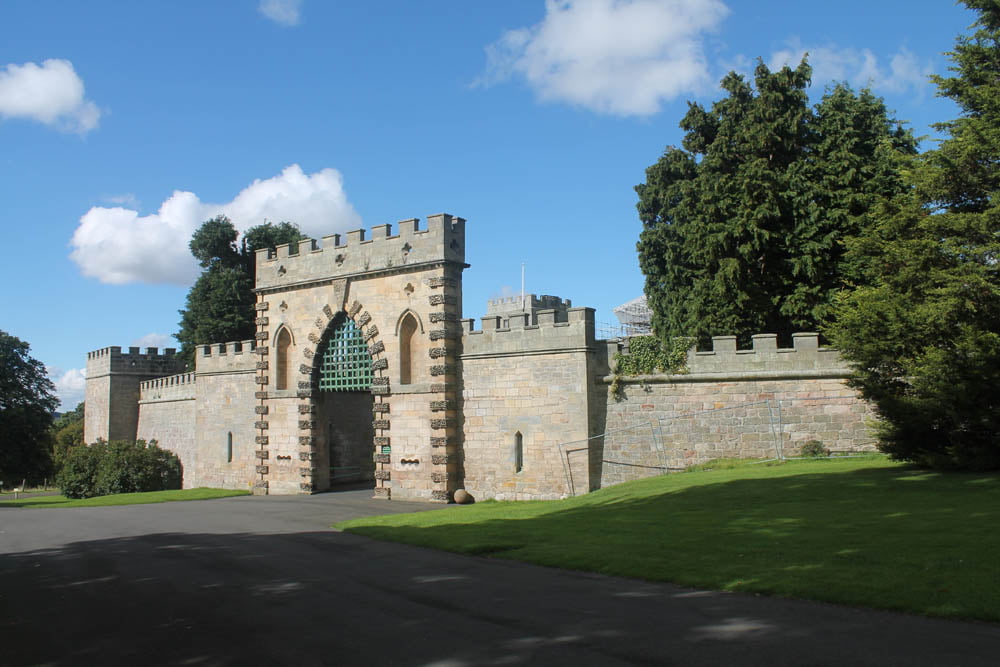
This was once a prominent castle, playing its part in the fates of two nations.
There has been a settlement on the site of Ford Castle since Anglo-Saxon times. In the 13th century, the land was granted to Odinel de Ford who promptly built a manor house here. Through marriage, the Heron family became the next residents of Ford Castle and would remain so for nearly 300 years. Like true medieval borderers, the story of the Herons is filled with deceit, murder, betrayal and more than one bitter feud.
Sir William Heron was granted licence to crenellate in 1338 and Ford Castle was officially recognised as part of the border defences in 1367. As a result of this, however, the castle has been raided, sacked and burned many times during its long and tempestuous history.
It was the chosen location of James IV to set up his headquarters before the Battle of Flodden in September 1513. He delayed his departure until the 5th September, a decision many attribute to his downfall. It has often been conjectured that it was the beauty of Lady Elizabeth Heron that kept James at Ford. She had a vested interest in seducing the King – to protect her castle and to secure the release of her husband, Sir William Heron, who was being held hostage by the Scots. However, this has never been proven.
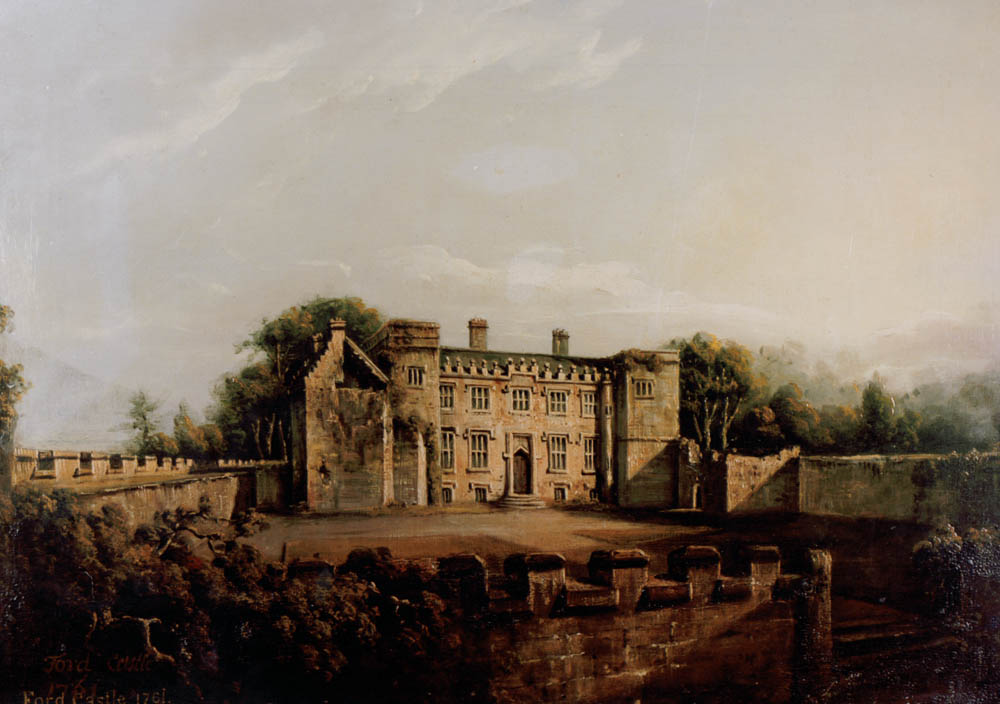
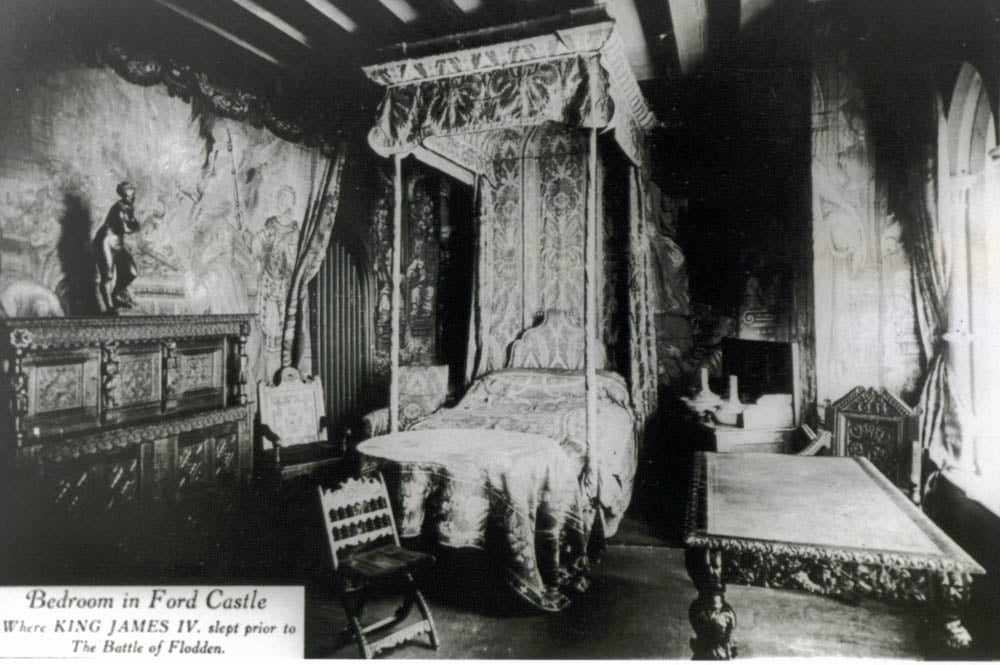
Over a century and two murders later, Ford Castle was occupied by Francis Blake and upon his death, was passed down to Francis Delaval. This brought to life a curse that warned the Delavals of Seaton Delaval and the Blakes of Ford should never be joined. If they were, no Delaval man would die peacefully in his bed. It is claimed this curse took the lives of nine male Delavals. John Hussey Delaval, however, had time to renovate Ford Castle over a period of 30 years, spending the huge sum of £13,500. The curse eventually caught up with Sir John who died at his breakfast table in 1808. The castle and estate were then inherited by his granddaughter Susan who had married into the Waterford family and become Marchioness of Waterford.
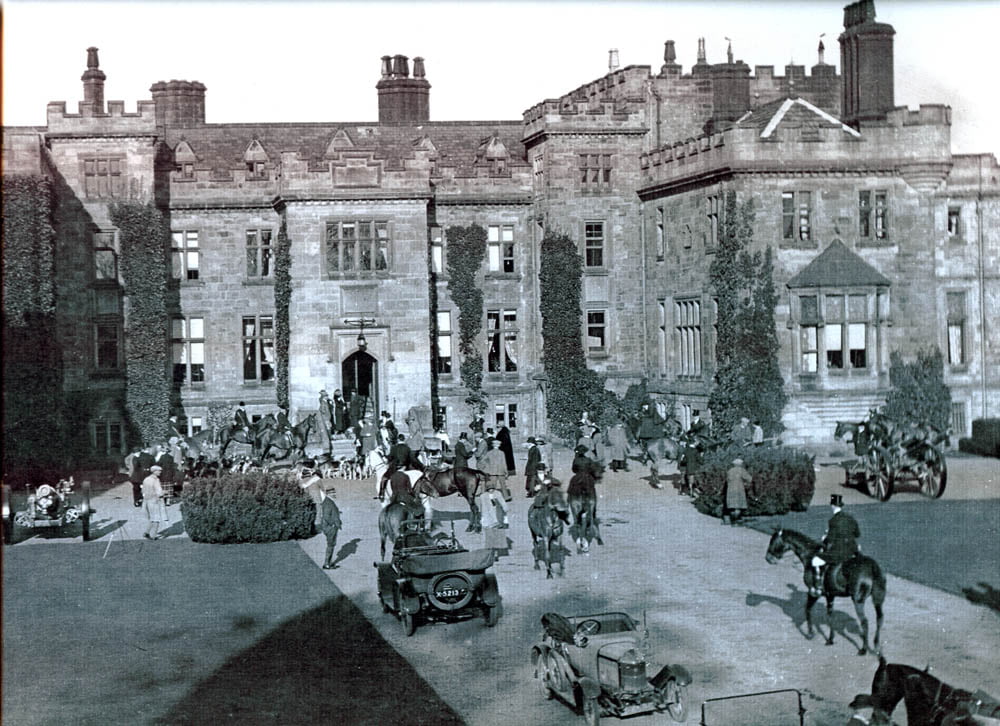
In 1859, the Estate was inherited by Lady Louisa Waterford, who had been widowed after her husband Henry was killed in a hunting accident. She set about restoring and modernising the castle to create a comfortable residence. Louisa was fascinated by the history of her home, especially with its connection to the Battle of Flodden. She had plans to create a Marmion Gallery at the castle, named after Walter Scott’s epic poem based on the battle.


When the Estate was sold to the Joiceys in 1907, the castle continued to be a family home. During the Second World War, in the years 1941-46, Ford Castle was used as a hospital by the British Red Cross and St John’s Ambulances, staffed by VAD nurses.
Since 1956, Ford Castle has been run as an outdoor activity centre for children and school groups.
Although the castle is not open to the public, take the footpath from Ford Village and glimpse its grand exterior on your way to Ford Church.
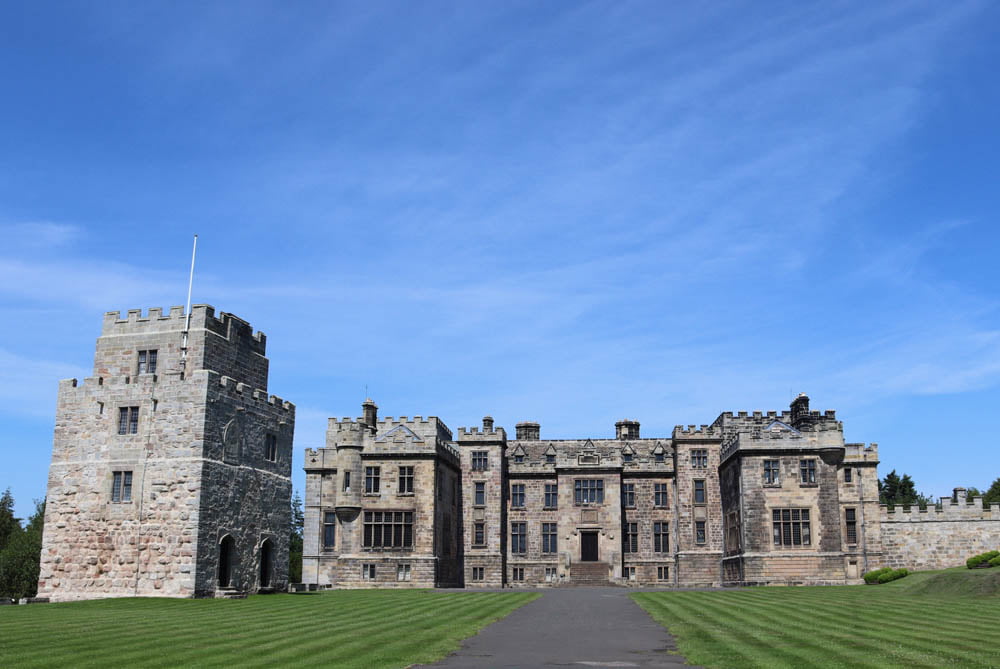

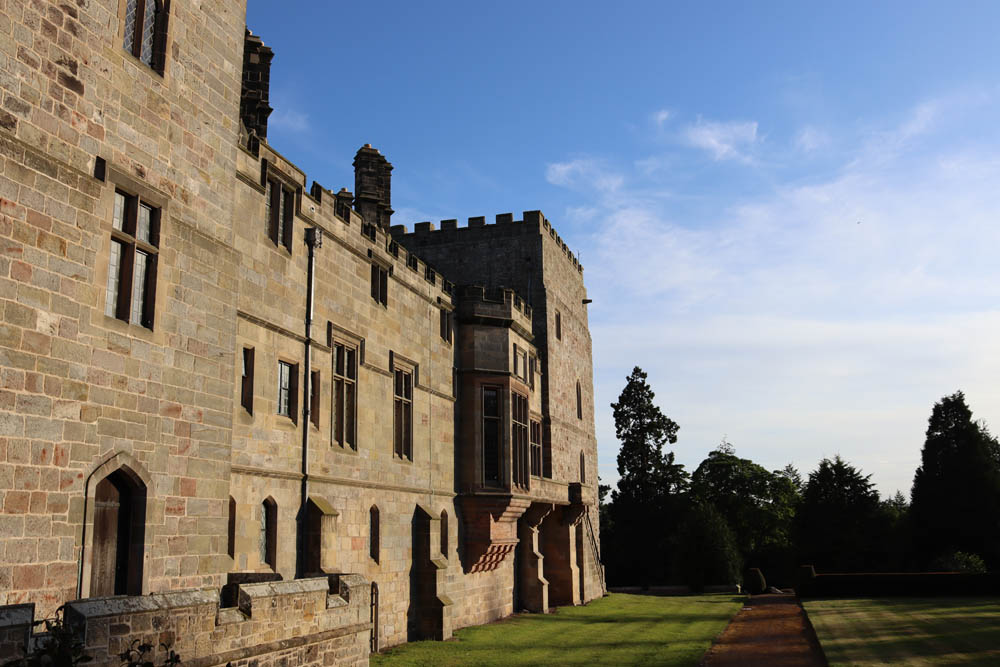
switch website